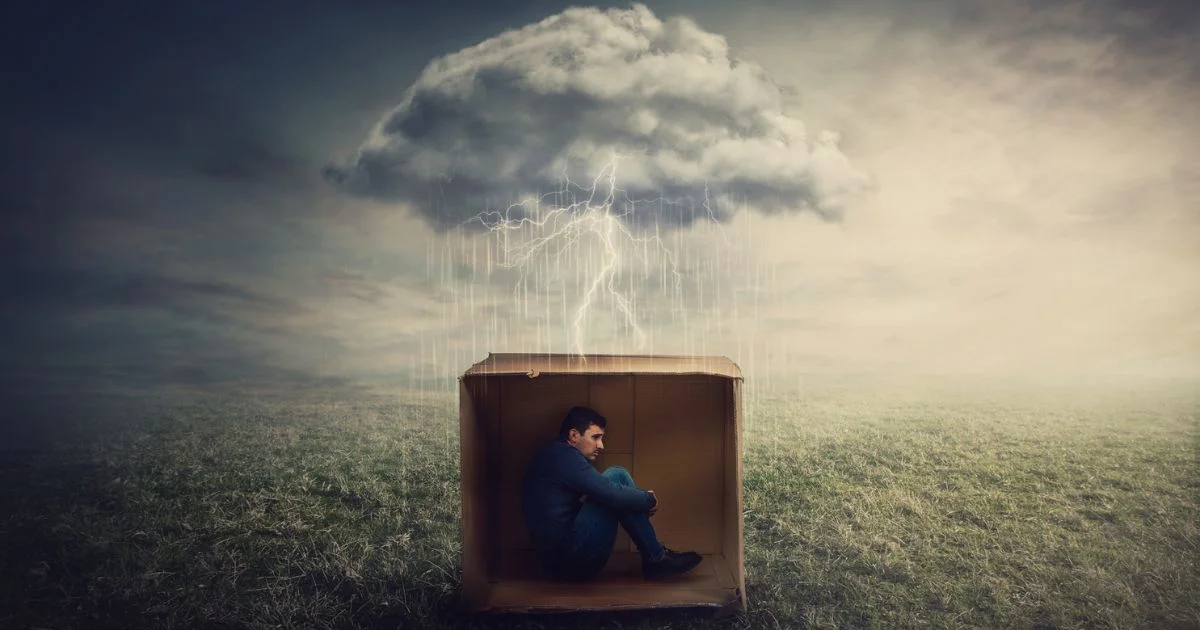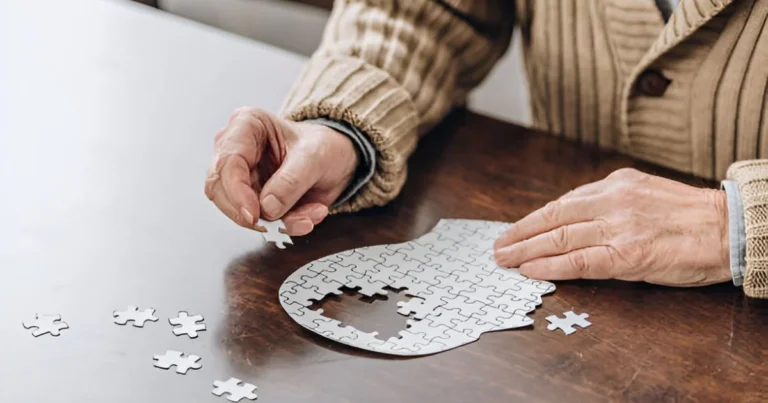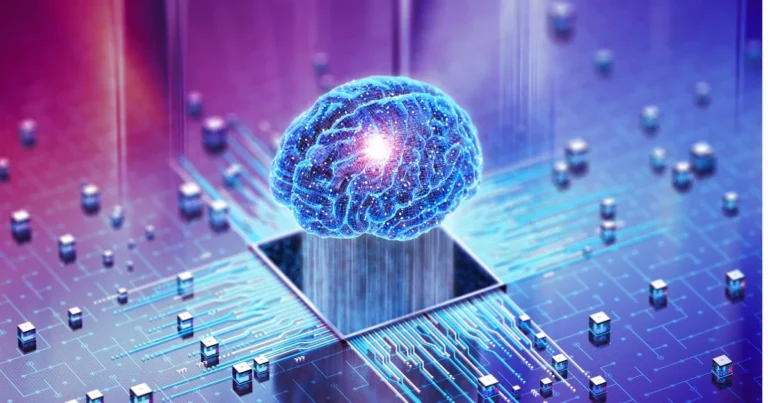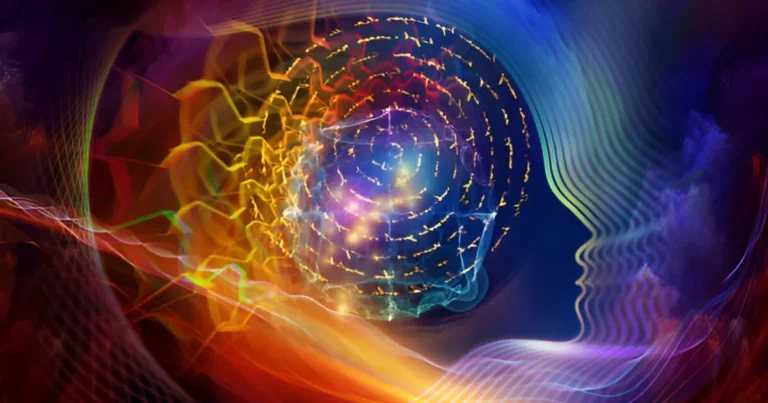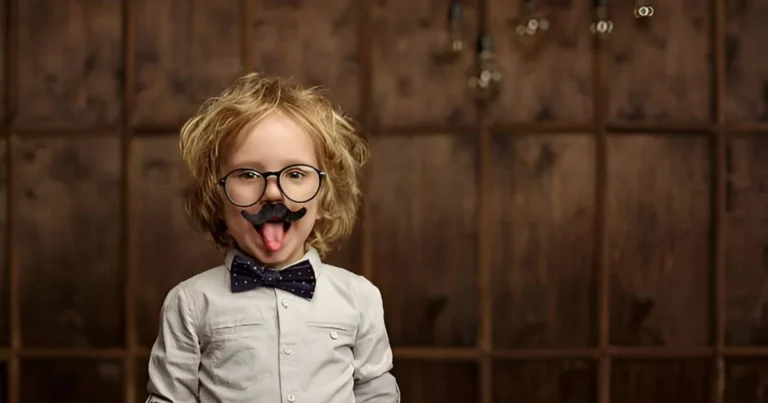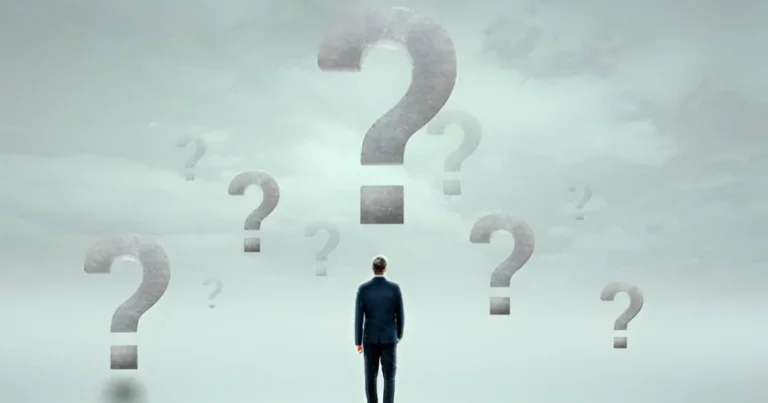Understanding the silent prison of Claustrophobia
The elevator comes to a halt between two floors. Within seconds, breathing quickens, the heart races at 150 beats per minute, and the metal walls seem to close in. For some, this might be a passing inconvenience. For others, it’s a nightmare. Claustrophobia, a specific phobia, transforms enclosed spaces into an unbearable threat. This condition, both psychological and neurobiological in nature, reveals the extent to which the brain can distort reality, trapping a person in a fear that may be irrational but is deeply felt.
Confined minds: A glimpse into everyday panic
A 34-year-old man, a software engineer, enters an MRI machine for a routine scan, prescribed to investigate headaches. As soon as he lies down inside the narrow cylinder, he hits the emergency button. He can’t breathe. He feels like he’s suffocating. The walls seem to close in. His heart races as though he’s running a marathon in a box. There’s no real danger, and yet the panic is overwhelming. He stumbles out, dazed and ashamed. This isn’t the first time. He avoids elevators, windowless meeting rooms, even certain public restrooms. Any form of confinement sets off an ancient alarm in him, one that is hard to name but impossible to ignore.
This case is similar to those reported by psychiatrists Ronald M. Rapee, Isaac M. Marks, and Andrew Mathews, leading figures in the study of anxiety disorders. Their research in the 1970s significantly shaped the modern classification of phobias in diagnostic manuals such as the DSM, emphasizing the cognitive, physiological, and behavioral components of these disorders.
Today, claustrophobia is listed in the DSM-5-TR (2022) as a specific “situational” phobia. It is estimated to affect between 7 and 10 percent of individuals (Leichsenring et al., 2022). But behind these numbers lie disrupted lives. Claustrophobia doesn’t merely provoke fear, it reshapes daily existence. It dictates travel routes, alters plans, and limits even the simplest freedoms. The subway becomes a minefield. An elevator, a potential trap. An MRI, an impossible challenge. Some people turn down job offers, refuse promotions, avoid travel, or postpone necessary medical exams. Every decision becomes a calculation, an avoidance strategy, a silent inner struggle.
And around them are those who wait, who watch, who no longer know what to say. Loved ones pay a price too. A partner crosses the street to avoid a tunnel. A child wonders why their mother won’t ride the metro. A medical appointment is canceled at the last minute, without clear explanation. In the beginning, family and friends try to adjust. But over time, they grow tired. They downplay the problem, push too hard, or blame without meaning to, not out of cruelty, but because living alongside a fear one doesn’t share can be exhausting. Claustrophobia doesn’t just affect the person who suffers, it spreads, disrupts, and eventually creates a quiet tension within families and social circles. And because fear is invisible, it is often misunderstood.
Neural alarms: Why claustrophobia feels so real
Because it leaves no visible scars, no fever, no fractures, claustrophobia is often dismissed as an overreaction. However, this fear, though unseen, is deeply rooted in the brain. It’s not a product of imagination, but the result of a biological alarm system triggered too easily, too intensely, too often.
Neuroimaging studies have shown that in people with claustrophobia, the amygdala, an almond-shaped structure at the heart of the limbic system, activates excessively at just the thought of being in a confined space (Etkin et al., 2010). Even without any objective threat, the brain sounds the alarm. It interprets confinement as immediate danger and sends signals to the body to escape. Heart rate increases, breathing becomes erratic, muscles tense. The brain stops thinking and starts reacting.
This reaction, however, doesn’t occur in isolation. The prefrontal cortex, which normally helps regulate emotional responses, loses its ability to calm the surge of fear (Goldin et al., 2009). As if, in the very moment the alarm is triggered, the part of the brain responsible for turning it off falls silent. And in that silence, fear takes hold.
The brain, after all, rarely forgets. Some fears are rooted in early experiences, buried, perhaps, but still active in the background. They don’t return as clear memories but express themselves in reactions, sensations, and reflexes. A confined space, a lock, the sound of a closing door, any of these can bring those traces back to life, as if they never went away.
Mental traps: How the brain anticipates danger
No one is born claustrophobic. But some are born closer to the threshold. A more reactive temperament, heightened vigilance, or a sensitivity to uncertainty can make someone more vulnerable. These traits alone don’t cause phobias, but they do make the ground more slippery.
Experience does the rest. One day, a child is briefly locked in a room. Just a few minutes. He cries, the door opens, the incident is forgotten. But his brain remembers. It encodes the moment, makes associations. A lock becomes a threat; confinement, a danger. Years later, the memory doesn’t need to resurface. It doesn’t need words. It speaks through shortness of breath, clammy hands, unexplainable panic.
These remnants of past experience don’t fade. They slip into the gaps between thoughts. They shape how the brain envisions the future. Claustrophobia often begins before entering a confined space. The threat is imagined, rehearsed, anticipated. It’s not the elevator that causes fear, but the idea of the elevator. Not the room itself, but what it might become.
Being trapped, suffocating, losing control, dying alone, these images flood the mind, and with them come the symptoms: heart palpitations, sweating, dizziness. The body reacts to a virtual threat with real panic. And the shift, from thought to body, from anticipation to experience, makes the fear all the more difficult to manage.
This mechanism is reinforced by two powerful cognitive distortions described by Aaron T. Beck as early as the 1970s.
The first is danger overestimation: “This machine will break,” “I won’t be able to get out.”. The second, more insidious, is underestimation of personal coping resources: “I’m going to fall apart,” “I won’t be able to handle this.” (Beck, 1976). Together, these distortions form a vicious cycle in which the threat is magnified, and the person’s ability to manage it is consistently diminished.
This imbalance often leads to avoidance: we dodge, delay, give up. And each avoidance, while relieving anxiety in the moment, reinforces the perceived danger. We don’t unlearn fear by avoiding it, we preserve it, embed it even deeper.
Guiding the brain back to safety
There is no magic formula. Claustrophobia doesn’t vanish through willpower or reason alone. However, it can be addressed, reshaped, and gradually tamed. The goal is not to eliminate fear entirely, but to restore the disrupted dialogue between the brain and reality.
The most effective approaches today are those that help rebuild that dialogue. Cognitive-behavioral therapies (CBT), supported by numerous meta-analyses, offer gradual exposure programs in which patients confront anxiety-inducing situations in a safe, controlled, and progressive environment. The aim isn’t to push through, but to relearn, to show the brain, through the body, that the danger has passed.
For some patients, direct exposure remains too overwhelming. This is where a more recent tool proves valuable: virtual reality. Using a headset, closed environments, elevators, tunnels, MRI scanners, can be recreated, allowing the patient to explore them at their own pace. A study by Botella et al. (2007), confirmed by Parsons and Rizzo (2008), showed that virtual reality can elicit physiological responses comparable to those triggered by real-life exposure, while offering a more flexible, safe, and adaptable environment. It becomes a space for emotional rehearsal, a place to train the brain not to flee.
More recent studies, such as the one by Freeman et al. (2017), emphasize that repeated VR immersion, combined with therapeutic guidance, can significantly reduce anxiety levels in individuals with specific phobias, including claustrophobia.
Nevertheless, the effectiveness of these interventions depends on several factors: the severity of the phobia, the patient’s level of engagement, and the quality of therapeutic support. Virtual reality is not suitable for everyone and tends to be less effective for individuals with more complex or comorbid anxiety disorders.
Regardless of the method, traditional or technological, the goal remains the same: to help the brain reconcile with a world it perceives as hostile, to distinguish between imagined threat and real danger. The point isn’t to make the elevator feel comfortable, but to narrow the gap between the brain’s projection and external reality. And in closing that gap, sometimes, an ordinary life becomes possible again.
A fear that deserves to be heard
Claustrophobia is not a weakness. It is a glitch in the brain’s alert system, a disbalance between alarm and regulation, memory and present, perception and reality.
But it is also a mirror. It reflects how intimately our sense of space is tied to memory, to the body, to emotion. For some, a confined space becomes the stage for an invisible but total inner battle.
Breaking the invisible chains of claustrophobia may begin with this: recognizing the fear not as an absurdity to be corrected, but as a deeply human reality to be understood.
References
American Psychiatric Association. (2022). Diagnostic and Statistical Manual of Mental Disorders (5ᵉ éd., texte révisé). Arlington, VA : American Psychiatric Association.
Beck, A. T. (1976). Cognitive therapy and the emotional disorders. New York: International Universities Press.
Botella, C., Baños, R. M., Villa, H., Perpiñá, C., & Alcañiz, M. (2007). The treatment of claustrophobia using virtual reality: A case report. Behaviour Research and Therapy, 45(4), 577–582. https://doi.org/10.1016/j.brat.2006.03.010
Etkin, A., Egner, T., & Kalisch, R. (2011). « Emotional processing in anterior cingulate and medial prefrontal cortex ». The Journal of Neuroscience, 30(4), 1541–1548.
Freeman, D., Reeve, S., Robinson, A., Ehlers, A., Clark, D., Spanlang, B., & Slater, M. (2017). Virtual reality in the assessment, understanding, and treatment of mental health disorders. Psychological Medicine, 47(14), 2393–2400.
Freeman, D., Haselton, P., Freeman, J., Spanlang, B., Kishore, S., Albery, E., Denne, M., Brown, P., Slater, M., & Nickless, A. (2019). Automated psychological therapy using immersive virtual reality for treatment of fear of heights: A single-blind, parallel-group, randomized controlled trial. Frontiers in Psychology, 10, 176.
Goldin, P. R., Manber-Ball, T., Werner, K., Heimberg, R., & Gross, J. J. (2009). « Neural mechanisms of cognitive reappraisal of negative self-beliefs in social anxiety disorder ». Biological Psychiatry, 66(12), 1091–1099.
Hofmann, S. G., Asnaani, A., Vonk, I. J., Sawyer, A. T., & Fang, A. (2012). « The efficacy of cognitive behavioral therapy: A review of meta-analyses ». Cognitive Therapy and Research, 36(5), 427–440.
Leibing, E. (2022). The classification of anxiety disorders: A review of DSM-5 and ICD-11. Psychotherapy and Psychosomatics, 91(3), 135–145. https://doi.org/10.1159/000522603
Marks, I. M., & Mathews, A. M. (1979). Brief standard self-rating for phobic patients. Behaviour Research and Therapy, 17(3), 263–267.
Parsons, T. D., & Rizzo, A. A. (2008). Affective outcomes of virtual reality exposure therapy for anxiety and specific phobias: A meta-analysis. Journal of Behavior Therapy and Experimental Psychiatry, 39(3), 250–261.

Ahmed El Bounjaimi
Copywriter-Content Designer
Master’s in Organizational Communication, Hassan II University
Bachelor’s in Philosophy of Communication and Public Spheres, Hassan II University

